When reports surfaced of Apple announcing new AirPods at its Glowtime event this past September, everyone expected Tim Cook to pull out the AirPods Pro 3. That didn’t happen. Instead, onlookers got a glimpse of the AirPods 4, the newest mid-range AirPods available in two versions, one of which offers active noise cancellation.
Despite the colossal disappointment from Apple users around the globe, the AirPods 4 have been a surprise hit that continue to garner critical praise. They’ve also given us a preview of what the AirPods Pro 3 could and should be.
Improvements in both the good and bad areas, along with smarter marketing decisions, can elevate Apple’s next-gen flagship buds to class leader status. Here are 5 things the AirPods Pro 3 can learn from the AirPods 4 to become the biggest true wireless release of 2025.
1. Launching two versions might be the way to go
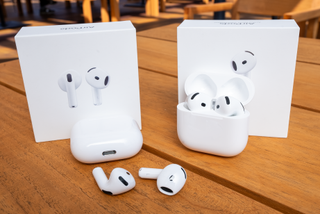
Apple revealing two versions of the AirPods 4 caught us off guard because it felt like it made no sense at the time. The AirPods 3 sold poorly compared to other AirPods models and were discontinued just several months back. Furthermore, the AirPods Pro 2 — both Lightning and USB-C versions — have been on sale regularly and were recently seen for as low as $154. That’s less expensive than what the AirPods 3 still sell for: $170.
According to Apple, it wanted to provide a wider range of AirPods options, which is smart thinking since the second- and third-gen models are no longer in production. Releasing a standard version for $129 and an ANC version for $179 provides that.
Rivals like Samsung have already tried this strategy with the Galaxy Buds 3 and Galaxy Buds 3 Pro, but Apple’s execution has been far superior.
Selling two versions of the AirPods Pro 3 would be ideal. This could broaden Apple’s consumer base and compel brand enthusiasts to spend more on a pricier version with upscaled features (e.g., Apple Intelligence, lossless audio), while also appealing to budget-conscious iPhone users wanting the Pro listening experience for a lower cost.
2. Make the charging case even more practical
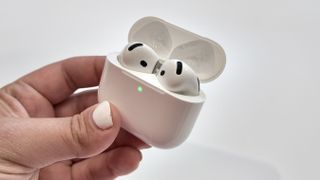
Apple did an exceptional job designing the AirPods Pro 2’s MagSafe charging case by incorporating user-friendly features such as a built-in speaker for alert tones, Find My integration, and a lanyard cutout. Double-tapping the middle of the case while it’s charging shows you the battery status as well.
Not only does the AirPods 4 (with ANC) offer these same perks, but Apple made their case more practical by adding one extra connectivity feature. Double-tapping the case when the status light is on will enable pairing mode. This feature is not available on the AirPods Pro 2.
It sounds like a menial upgrade. However, it is a huge bonus for Android users wanting a more convenient way to pair the AirPods Pro 3 with their Google-operated devices. The same goes for Windows users.
3. Never compromise battery life

Battery life on the AirPods 4 (up to 5 hours) is shorter than both the AirPods Pro 2 (up to 7 hours) and AirPods 3 (up to 6 hours), per charge. Some say that’s due to the extra features (e.g., ANC, speaker). We’re not buying it.
Whatever the issue is, the AirPods Pro 3 must not undermine playtimes to accommodate more functionality. Apple’s battery management is impeccable and knows how to squeeze every bit of juice out of the charging case for optimal performance. Giving us an extra 2-3 hours of listening time is a necessity at this point.
4. Downscale further in size
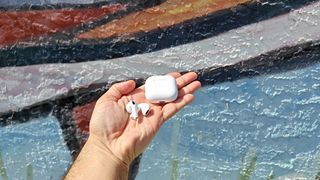
The AirPods Pro and AirPods Pro 2 are nearly identical in design. They each come with a compact charging case that fits comfortably in denim pockets and is lightweight at 1.79 ounces. Apple’s next challenge is to reduce the size of the AirPods Pro 3’s charging case, just like it did with the AirPods 4, which has the smallest AirPods case ever made. It doesn’t have to be the same dimensions or weight. All we want is for it to be noticeably smaller.
5. Reduce the price
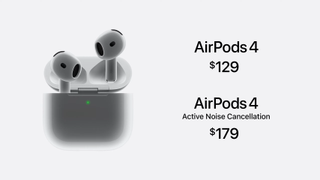
Apple’s flagship buds have always carried a steep MSRP: $249. Whether sold in one or two versions, the AirPods Pro 3 will only benefit from a price drop, much like their mid-range siblings have.
The AirPods 4 launched at two price points – $129 and $179 (with ANC) – making them the most affordable current AirPods on the market. These prices are also lower than what the AirPods 2 sold for when released back in 2019: $199. Sales for the AirPods 4 are unknown, but based on coverage and consumer interest, they are more popular than the AirPods 3.
Other factors come into play when discussing the AirPods Pro 3’s pricing. Best-in-class competitors like the more expensive Sony WF-1000XM5 ($299) are considered better investments, thanks to greater ANC, sound quality, and sound features. Not to mention several of the best cheap wireless earbuds provide much of the AirPods Pro’s functionality for nearly a third of the cost.
People will splurge on the AirPods Pro 3. That’s a given. Launching them at, say, $230 would be a tremendous move that fans could thank the AirPods 4 for.
More from Tom's Guide
- 'I can hear sounds I never knew we're there' — my friend with hearing loss just tried the hearing aid feature on AirPods Pro 2
- I swapped AirPods Pro 2 for these sports headphones at the gym — here's what happened
- I test headphones and these 5 wireless earbuds have the best battery life


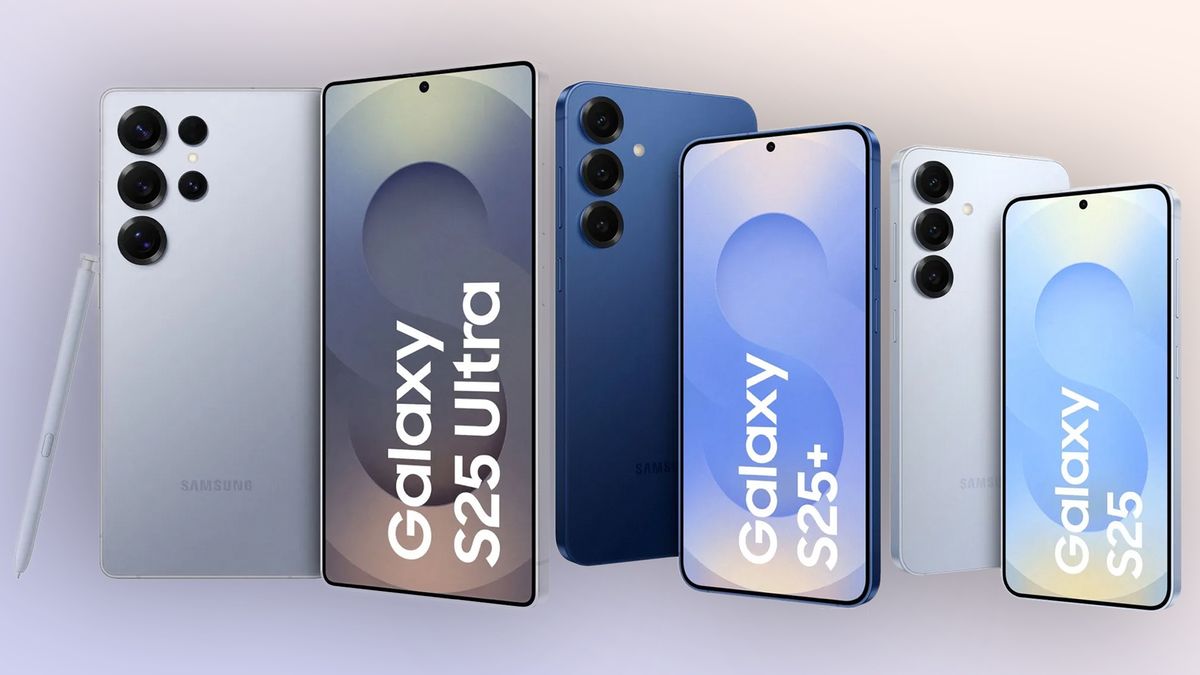






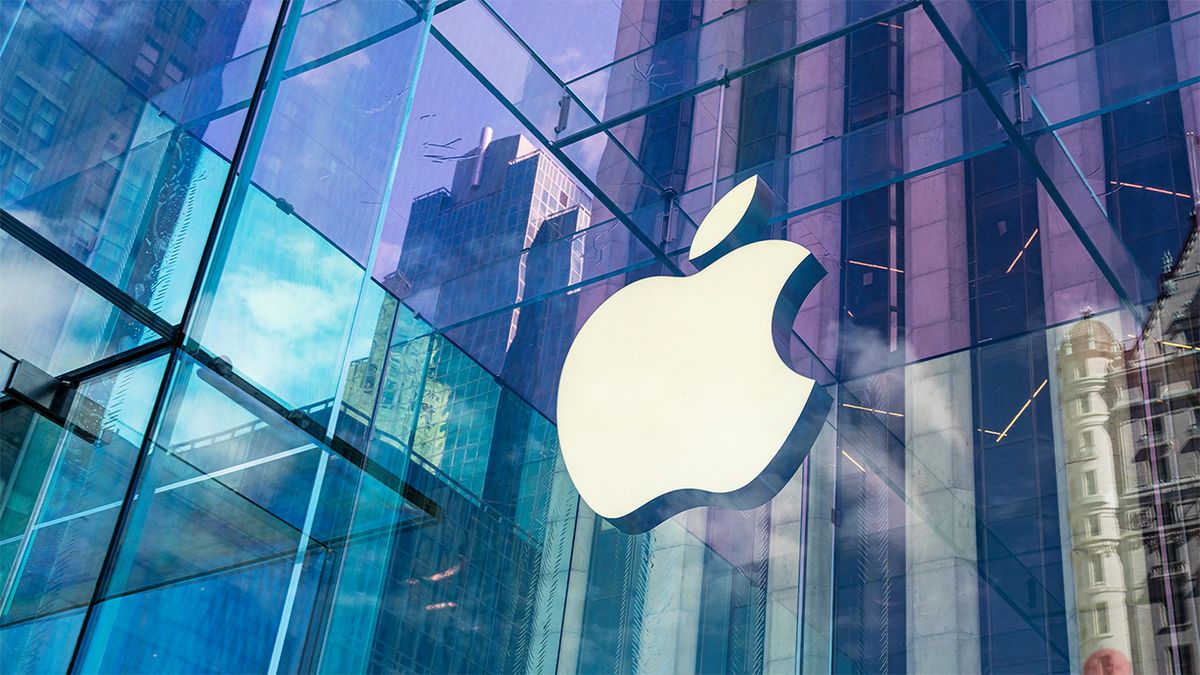
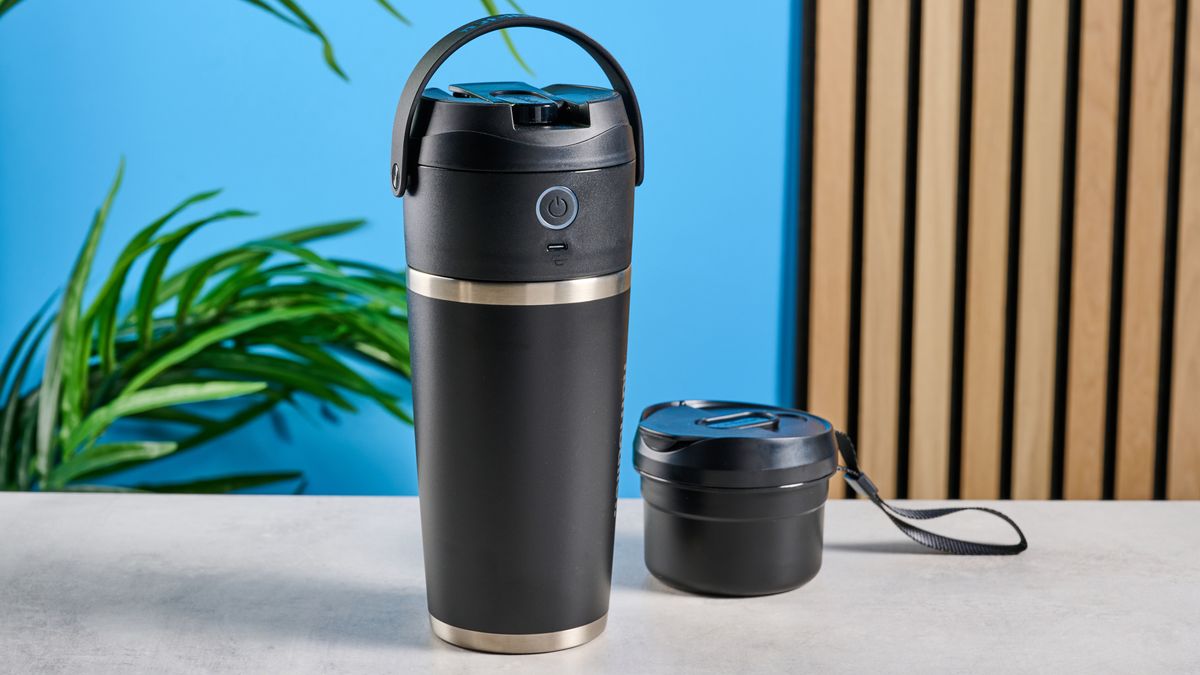









 English (US) ·
English (US) ·